True Crime
The “Death House Landlady”: Dorothea Puente
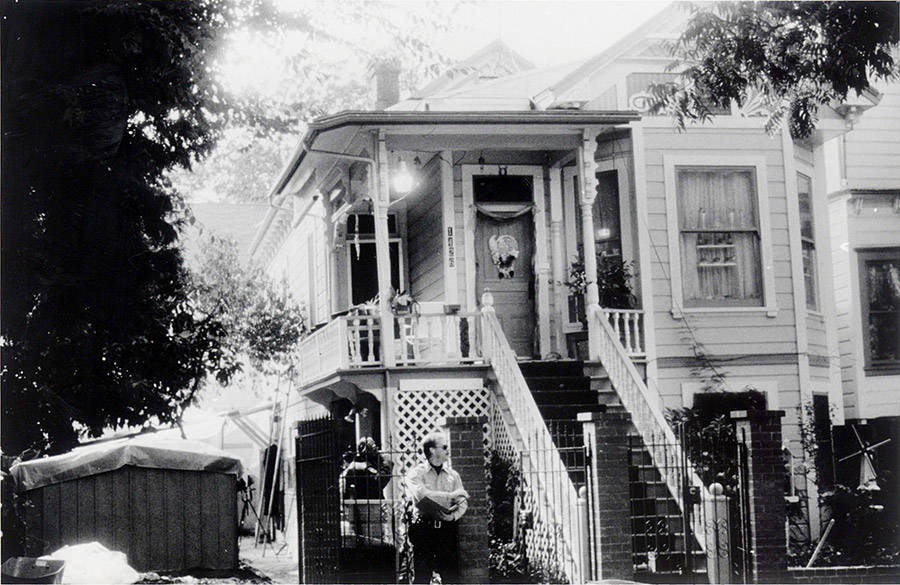
If you think serial killers are suave, handsome, manipulative young men, think again because you’re about to meet, Dorothea Puente, the “Death House Landlady.”
Looking at Puente you wouldn’t think of her as a calculating murderer, but that is exactly what she was, taking the elderly and infirm into her boarding house where she would kill them, bury them in the yard, and steal their pensions and welfare checks.

Puente was born in the small community of Redlands California in 1929. Before she was 10 her parents passed away and she was sent to an orphanage. At 16 she married a military man and had two children; one she sent to live in Sacramento, the other was put up for adoption.
The marriage failed after Puente had a miscarriage.
Dorothea Puente’s criminal activities started early in her twenties after she was caught forging checks, a crime that landed her a six-month jail sentence.
She went from fraud to prostitution. In 1960 she was arrested for running a brothel and spent another 90 days behind bars.
Her last name comes from her second marriage to a much-younger Roberto Puente in 1966.
Perhaps on a path to do better, Puente began caring for the elderly as a nurse’s assistant. From there she started managing boarding houses.
Three failed marriages later and Puente was finally in charge of her own facility, a two-story, 16 room Victorian-style home located on F Street, just a stone’s throw away from Sacramento.
Boarding only the most difficult cases–men and women with mental health problems or drug addictions–Puente’s house had a reputation among social workers for accepting their hardest cases.
Tenants ranged in ages from 52 to 80 and often needed to have their social security checks cashed for them; a task Puente was happy to do. Little did they know what the old lady was really up to.
Puente was getting potent tranquilizer prescriptions from a psychotherapist which she would secretly administer to her tenants before killing them. She continued to cash their checks post-mortem.
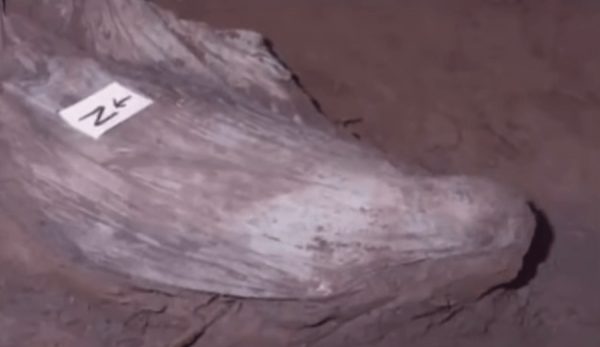
A corpse found in Dorthea Puente’s yard.
Her victims didn’t have close friends or family so their disappearances went unnoticed. One of her victims remained unidentified for three years.
The killing spree ended in 1988 after a social worker approached Puente about one of her boarders, Alberto Montoya, who had mysteriously gone missing. In her investigation, the social worker discovered that the boarding house was unlicensed and reported the missing Montoya to the police.
In an effort to cover her tracks, Puente told the police that Montoya had taken a vacation, but in their inquiry, the officers noticed something strange; some of the earth around the property looked peculiar.
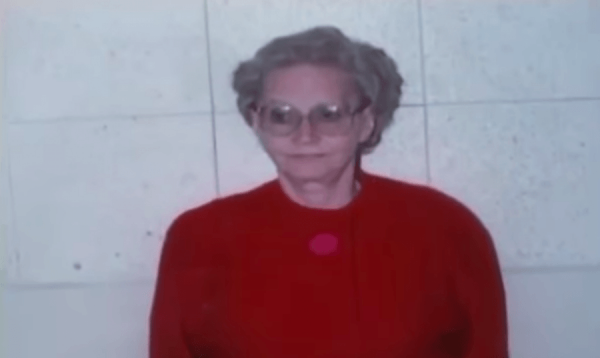
The “Death House Landlady”
At the behest of Puente, and since she wasn’t a suspect, officers let her leave the house and go buy a cup of coffee. But she ended up escaping to Los Angeles instead.
When all was said and done there were seven corpses found buried in the yard including that of 78-year-old Leona Carpenter.
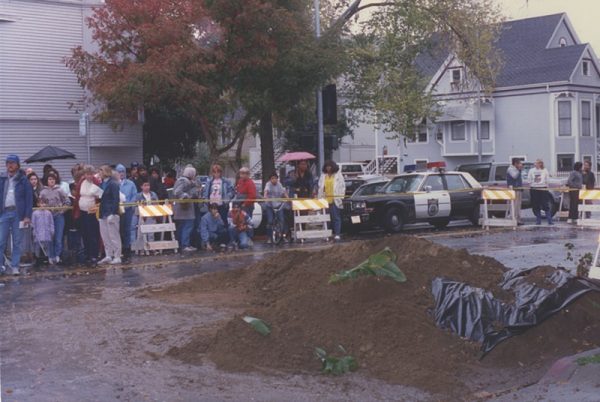
(Courtesy of The Sacramento Archives)
Back in Los Angeles, a man recognized Puente from news reports and called the police department. She was flown back to Sacramento to stand trial.
“I used to be a very good person at one time,” she told law enforcement at the time.
The court case wouldn’t get underway for another five years for various legal reasons.
During her trial, Puente’s lawyers deemed the 64-year-old woman as a sweet grandmother type. They said she might be a thief but not a calculating murderess.

Over 300 witnesses disagreed. Prosecutors asserted that this sweet woman drugged her tenants and suffocated them. Not able to bury them herself, she hired ex-convicts to do it for her.
The drug Dalmane, a sedative-hypnotic agent used for insomnia, was found in “all seven of the exhumed bodies,” according to the website All That’s Interesting.
After three days of deliberation, Dorothea Puente was charged with three counts of murder and sentenced to life in prison.
Prosecutors said Puente wasn’t an altruistic caregiver at all, but one of the most “cold and calculating female killers the country had ever seen.”
Dorothea Puente died a prisoner much like she kept her innocent victims. Only her death was in a real prison where she eventually died of natural causes, unlike the defenseless people she robbed. She was 82.
Up until her death, Puente maintained she was innocent.
Puente’s former house will be featured on the reality series “Murder House Flip.”
Info taken from allthatsinteresting.com
'Civil War' Review: Is It Worth Watching?
Follow our new YouTube channel "Mysteries and Movies" here.

Strange and Unusual
Man Arrested for Allegedly Taking a Severed Leg From Crash Site And Eating It
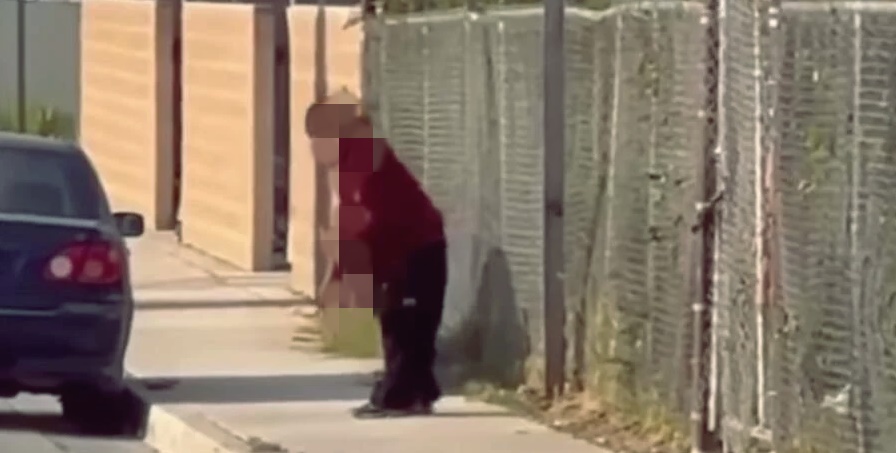
A local California news station reported late last month that a man was being held in custody for allegedly taking the severed leg of a deceased train wreck victim and eating it. Be warned, this is a very disturbing and graphic story.
It happened on March 25 in Wasco, Calif. in a horrible Amtrak train accident a pedestrian was struck and killed and one of his legs was severed.
According to KUTV a man named Resendo Tellez, 27, stole the body part from the impact site.
A construction worker named Jose Ibarra who was an eyewitness to the theft revealed to officers one very grim detail.
“I’m not sure from where, but he walked this way and he was waving a person’s leg. And he started chewing on it over there, he was biting it and he was hitting it against the wall and everything,” said Ibarra.
Caution, the following picture is graphic:
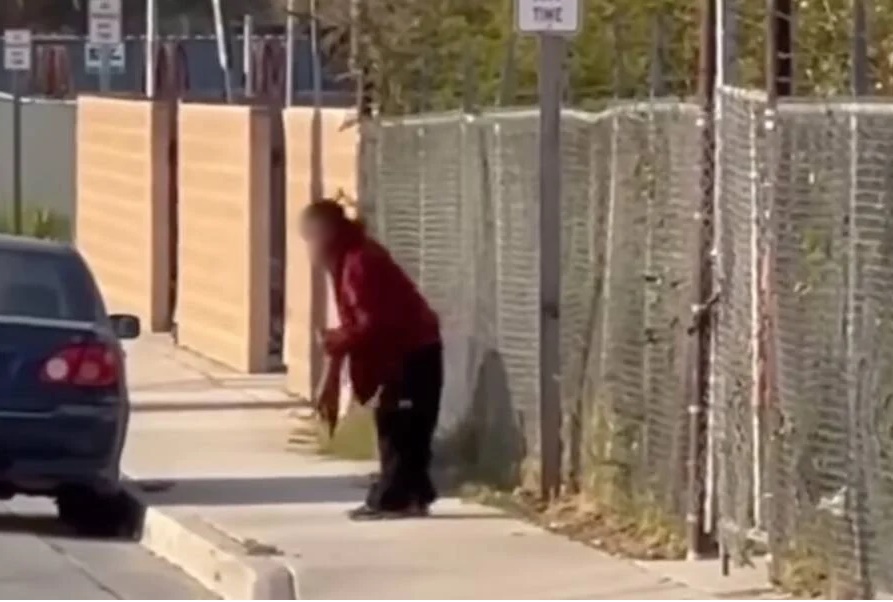
Police found Tellez and he willingly went with them. He had outstanding warrants and now faces charges of stealing evidence from an active investigation.
Ibarra says Tellez walked past him with the detached limb. He describes what he saw in lurid detail, “On the leg, the skin was hanging. You could see the bone.”
The Burlington Northern Santa Fe (BNSF) police arrived on the scene to begin their own investigation.
According to a follow-up report by KGET News, Tellez was known throughout the neighborhood as homeless and non-threatening. A liquor store employee said she knew of him because he slept in a doorway near the business and was also a frequent customer.
Court records say that Tellez took the detached lower limb, “because he thought the leg was his.”
There are also reports that a video exists of the incident. It was circulating on social media, but we won’t provide it here.
The Kern County Sherriff’s office had no follow-up report as of this writing.
'Civil War' Review: Is It Worth Watching?
Follow our new YouTube channel "Mysteries and Movies" here.
News
Woman Brings Corpse Into Bank To Sign Loan Papers

Warning: This is a disturbing story.
You have to be pretty desperate for money to do what this Brazilian woman did at the bank to get a loan. She wheeled in a fresh corpse to endorse the contract and she seemingly thought the bank employees wouldn’t notice. They did.
This weird and disturbing story comes via ScreenGeek an entertainment digital publication. They write that a woman identified as Erika de Souza Vieira Nunes pushed a man she identified as her uncle into the bank pleading with him to sign loan papers for $3,400.
If you’re squeamish or easily triggered, be aware that the video captured of the situation is disturbing.
Latin America’s largest commercial network, TV Globo, reported on the crime, and according to ScreenGeek this is what Nunes says in Portuguese during the attempted transaction.
“Uncle, are you paying attention? You must sign [the loan contract]. If you don’t sign, there’s no way, as I cannot sign on your behalf!”
She then adds: “Sign so you can spare me further headaches; I can’t bear it any longer.”
At first we thought this might be a hoax, but according to Brazilian police, the uncle, 68-year-old Paulo Roberto Braga had passed away earlier that day.
“She attempted to feign his signature for the loan. He entered the bank already deceased,” Police Chief Fábio Luiz said in an interview with TV Globo. “Our priority is to continue investigating to identify other family members and gather more information regarding this loan.”
If convicted Nunes could be facing jail time on charges of fraud, embezzlement, and desecration of a corpse.
'Civil War' Review: Is It Worth Watching?
Follow our new YouTube channel "Mysteries and Movies" here.
Trailers
HBO’s “The Jinx – Part Two” Unveils Unseen Footage and Insights Into Robert Durst Case [Trailer]

HBO, in collaboration with Max, has just released the trailer for “The Jinx – Part Two,” marking the return of the network’s exploration into the enigmatic and controversial figure, Robert Durst. This six-episode docuseries is set to premiere on Sunday, April 21, at 10 p.m. ET/PT, promising to unveil new information and hidden materials that have emerged in the eight years following Durst’s high-profile arrest.
“The Jinx: The Life and Deaths of Robert Durst,” the original series directed by Andrew Jarecki, captivated audiences in 2015 with its deep dive into the life of the real estate heir and the dark cloud of suspicion surrounding him in connection with several murders. The series concluded with a dramatic turn of events as Durst was apprehended for the murder of Susan Berman in Los Angeles, just hours before the final episode was broadcast.
The forthcoming series, “The Jinx – Part Two,” aims to delve deeper into the investigation and trial that unfolded in the years after Durst’s arrest. It will feature never-before-seen interviews with Durst’s associates, recorded phone calls, and interrogation footage, offering an unprecedented look into the case.
Charles Bagli, a journalist for the New York Times, shared in the trailer, “As ‘The Jinx’ aired, Bob and I spoke after every episode. He was very nervous, and I thought to myself, ‘He’s gonna run.’” This sentiment was mirrored by District Attorney John Lewin, who added, “Bob was gonna flee the country, never to return.” However, Durst did not flee, and his arrest marked a significant turning point in the case.
The series promises to showcase the depth of Durst’s expectation for loyalty from his friends while he was behind bars, despite facing serious charges. A snippet from a phone call where Durst advises, “But you don’t tell them s–t,” hints at the complex relationships and dynamics at play.
Andrew Jarecki, reflecting on the nature of Durst’s alleged crimes, stated, “You don’t kill three people over 30 years and get away with it in a vacuum.” This commentary suggests the series will explore not only the crimes themselves but the broader network of influence and complicity that may have enabled Durst’s actions.
Contributors to the series include a wide range of figures involved in the case, such as Deputy District Attorneys of Los Angeles Habib Balian, defense attorneys Dick DeGuerin and David Chesnoff, and journalists who have covered the story extensively. The inclusion of judges Susan Criss and Mark Windham, as well as jury members and friends and associates of both Durst and his victims, promises a comprehensive perspective on the proceedings.
Robert Durst himself has commented on the attention the case and the documentary have garnered, stating he is “getting his own 15 minutes [of fame], and it is gargantuan.”
“The Jinx – Part Two” is anticipated to offer an insightful continuation of Robert Durst’s story, revealing new facets of the investigation and trial that have not been seen before. It stands as a testament to the ongoing intrigue and complexity surrounding Durst’s life and the legal battles that followed his arrest.
'Civil War' Review: Is It Worth Watching?
Follow our new YouTube channel "Mysteries and Movies" here.
-
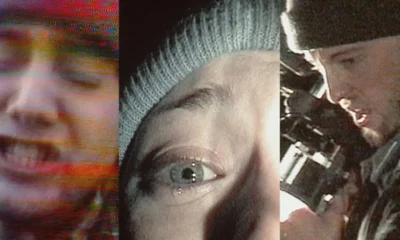
 News5 days ago
News5 days agoOriginal Blair Witch Cast Ask Lionsgate for Retroactive Residuals in Light of New Film
-
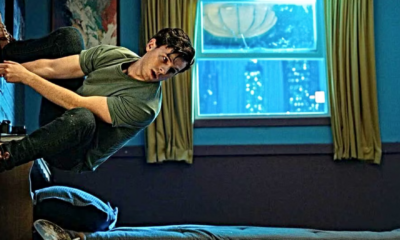
 Movies6 days ago
Movies6 days agoSpider-Man With a Cronenberg Twist in This Fan-Made Short
-

 News3 days ago
News3 days agoPerhaps the Scariest, Most Disturbing Series of The Year
-

 Movies4 days ago
Movies4 days agoNew F-Bomb Laden ‘Deadpool & Wolverine’ Trailer: Bloody Buddy Movie
-
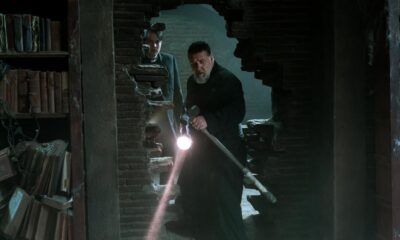
 News4 days ago
News4 days agoRussell Crowe To Star in Another Exorcism Movie & It’s Not a Sequel
-
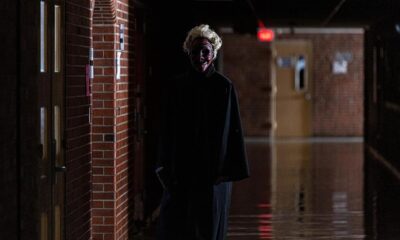
 Movies4 days ago
Movies4 days ago‘Founders Day’ Finally Getting a Digital Release
-

 Lists3 days ago
Lists3 days agoThrills and Chills: Ranking ‘Radio Silence’ Films from Bloody Brilliant to Just Bloody
-
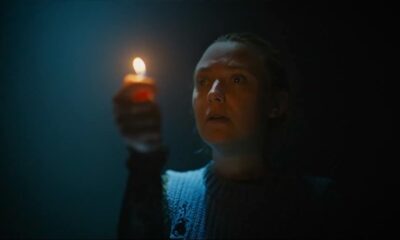
 Movies4 days ago
Movies4 days agoNew ‘The Watchers’ Trailer Adds More to the Mystery


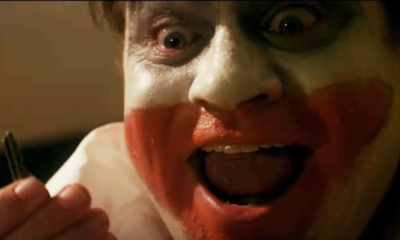

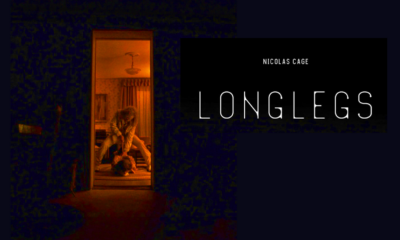
























You must be logged in to post a comment Login